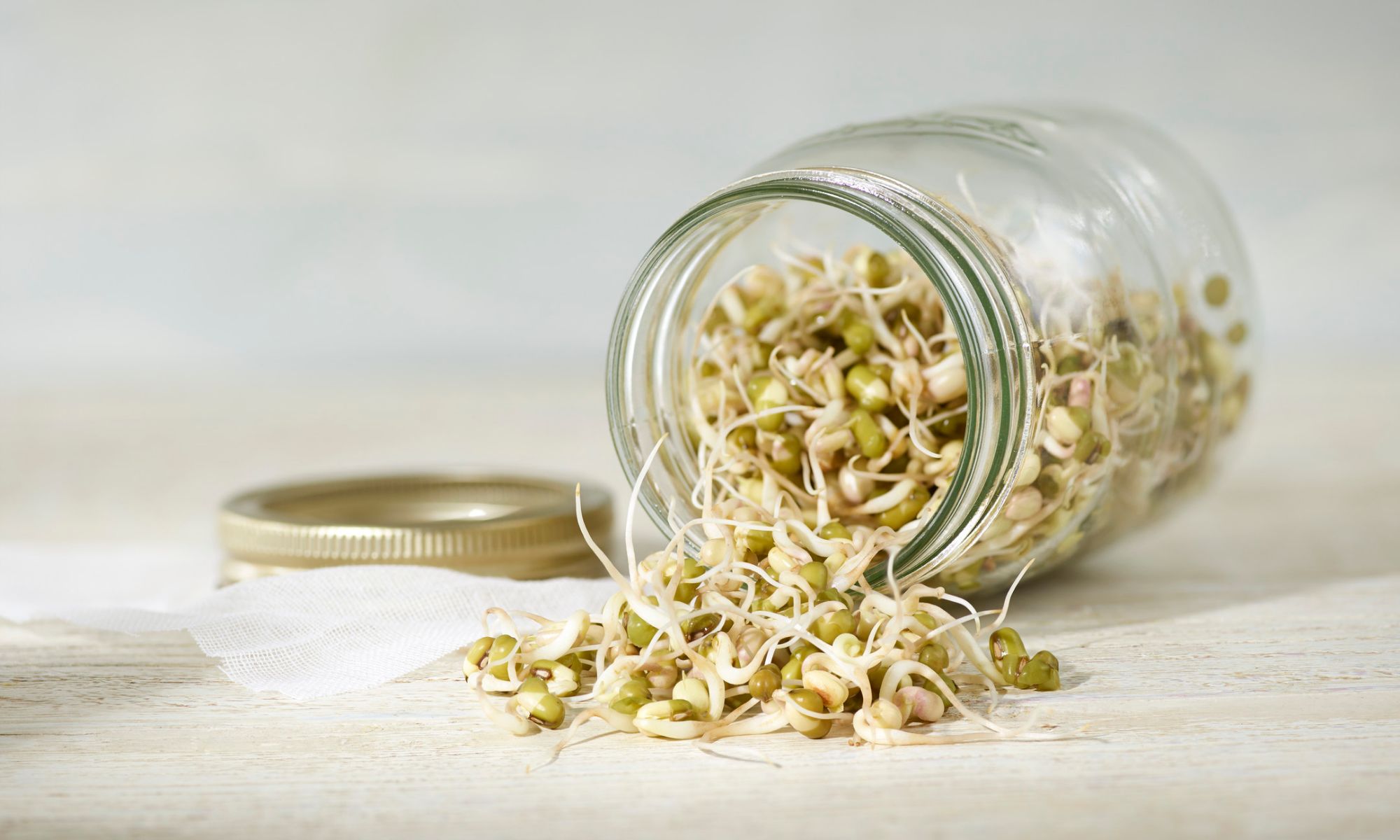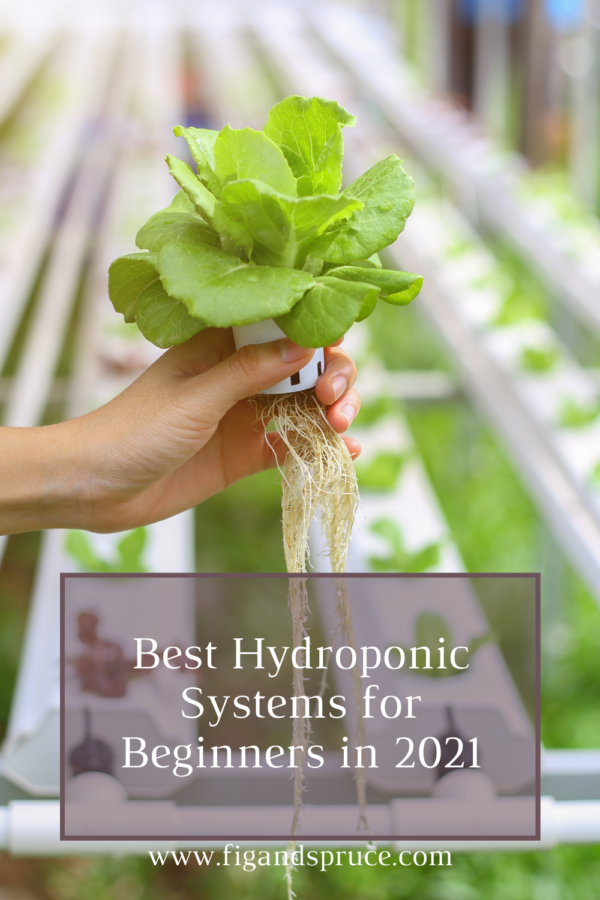A mushroom log is not a well known method of gardening when it comes to growing your own food. In fact, mushrooms are often overlooked when people consider growing their own food, which is a shame!
Mushrooms can be grown indoors with very little light, and when using a mushroom log they only take up a small amount of room. These factors make mushrooms a great option for those trying to create a garden in a small space!
Today we’re covering how to use a mushroom log to grow your own mushrooms in the most beginner friendly way.
Table of Contents
What is a Mushroom Log?
Many dont know what you can grow mushrooms at home using a mushroom log. Traditionally, some mushrooms can be grown in dirt in shallow containers, but the downside of using this method is that it can take up a lot of space. You essentially have do devote floor space to growing mushrooms, which if you’re trying to grow at home can be difficult to do.
Another consideration is certain types of mushrooms can really only be grown with a wood medium. Button mushrooms and portabellas can do well in dirt but other types like shitakes require a wood medium to thrive.
Enter the mushroom log.
A mushroom log is a log that has holes drilled into the log where mushroom spores will be placed (or come placed if you’re buying a kit).
Mushrooms will grow in the log out of these holes that are drilled, and often can keep growing for years!
Where to Buy a Mushroom Log?
A mushroom log can be hard to find in your traditional gardening store. Like we mentioned earlier, its a more niche method of growing and therefore harder to find.
We recommend for your first attempt at using a mushroom log to purchase a kit, or a log that is already assembled and ready to grow.
Our favorite company is 2funguys (both for the punny name and the quality of their products!). They offer all sorts of kits to grow mushrooms at home, and make it super simple for beginners to get started. They offer a variety of mushroom types for you to pick from, but their most popular kits are for shitake mushrooms.
Mr. Stumpy Mushroom Log
The Mr. Stumpy mushroom log from 2funguys is one of the best kits for beginners to get started with. It comes with a log that has been inoculated (meaning it has spores in the log already).
Oyster Mushroom Log from 2Funguys
If you’re looking to grow oyster mushrooms, 2funguys also has an oyster mushroom log pre-inoculated and ready to go. Both of these logs are good options for beginners to get started.
Another reason we love this company is 2funguys also has a lot of resources available on their website for beginners and excellent customer service. Any questions you have along the way during your growing cycle you can most likely find on their website.
Pros of using a Mushroom Log
Space Saver
The perk of using a mushroom log over traditional soil gardening is that a log (which is typically about 12-16 inches long) can be kept on your kitchen counter, or on a shelf out of the way. This saves a ton of space and is ideal for those gardening in a small space.
Save money in the long run
Mushroom logs are relatively cheap – you can get them from $20 – $50 at most places. You can grow all types of gourmet mushrooms (shitake, oyster, lion, and more!).
These mushrooms are often very pricey to buy from a grocery store, and purchasing one mushroom log can produce these mushrooms multiple times for years to come.
Cons of using a Mushroom Log
Mushroom Logs can take a long time to grow
The biggest downside to growing with a mushroom log is that it can take months, and even up to a year to see the fruits of your labor. 2Funguys mentions that it takes 6-12 months after inoculation to begin seeing any results.
That being said, the time you’re waiting for growth to happen is fairly passive with not a lot that you have to do, so its more a waiting game than anything else.
How to Use a Mushroom Log
For this tutorial’s purpose, we’re going to start with a pre-inoculated log and assume that you’ve purchased one that is already ready to grow upon arrival.
Step 1 – Soak Your Log
Upon arrival, you’ll want to take your log and submerge it in water for 25 hours. Any container will do as long as the log is submerged. The water you use should be non-chlorinated. Tap water can be used here but you’ll want to let the water stand for 24 hours before putting the log into the container to allow the chlorine to evaporate.
Step 2 – Dry your log and cool
Remove your log from the water after 24 hours and pat dry. From here, place it in the refrigerator for 24 hours. This helps simulate seasons, and will kick start the fruiting process for your log.
Step 3 – Create a Moisture Tent
From here – the goal is to keep your log moist, without it getting soaking wet. There are multiple methods to doing this, but putting a plastic barrier loosely around the log is one of the best methods. A garbage bag works great here.
Place your log on a tray and then a garbage bag loosely around the log, with as much air in between the log and bag as possible. From here, you can check weekly and add water to the tray as needed, this will pull enough moisture into your tent to keep your log moist but not soaked.
Note – if you’re keeping your log outside then no need to worry too much about the moisture level. Mother nature will work her magic and keep the log generally at the right moisture level. You can check it every couple weeks and assess as needed.
Step 4 – The Waiting Game
From here, you can keep the log moist for around 3 months and check weekly for “pins”. Pins are baby mushrooms sprouting from the log. Once they start to sprout you can expect them to be ready to harvest within 10 days! However, the first fruiting can take a long time – some estimate 6 months and even up to 1 year before the mushrooms start to grow.
If three months pass with no pins, repeat steps 1-3 and continue for the next cycle and continue on this cadence. The first fruit will be the hardest, once a log starts producing they should regularly produce each time.
Step 5 – Let Your Log Rest
After your log has produced mushrooms, let it rest for about 8 weeks. Then begin the fruiting process all over again. Once your log starts producing, it should regularly produce for several cycles.
Frequently Asked Questions
Do mushrooms need light to grow?
Nope! In fact, they do better in dimly lit spaces. This makes growing your own mushrooms ideal for those growing indoors or in a space without a lot of natural light.
Do I need to buy a kit?
It’s not a necessity to buy a kit, but it does help if this is a new process for you. If you’re a complete beginner, we recommend buying a kit to take out some of the guess work, and then after you’ve gotten your feet wet expand into making your own.
However, you can absolutely make your own. You’ll need a log, a drill, and some spores to get started. Stay tuned for future posts from us on how to make your own mushroom log in detail!
Do you grow your own mushrooms? What are some of the issues you’ve run into? Let us know in the comments below!






